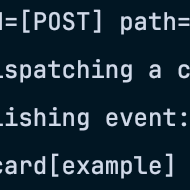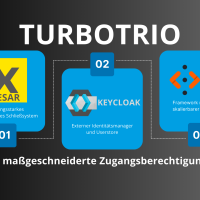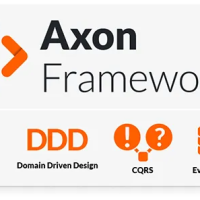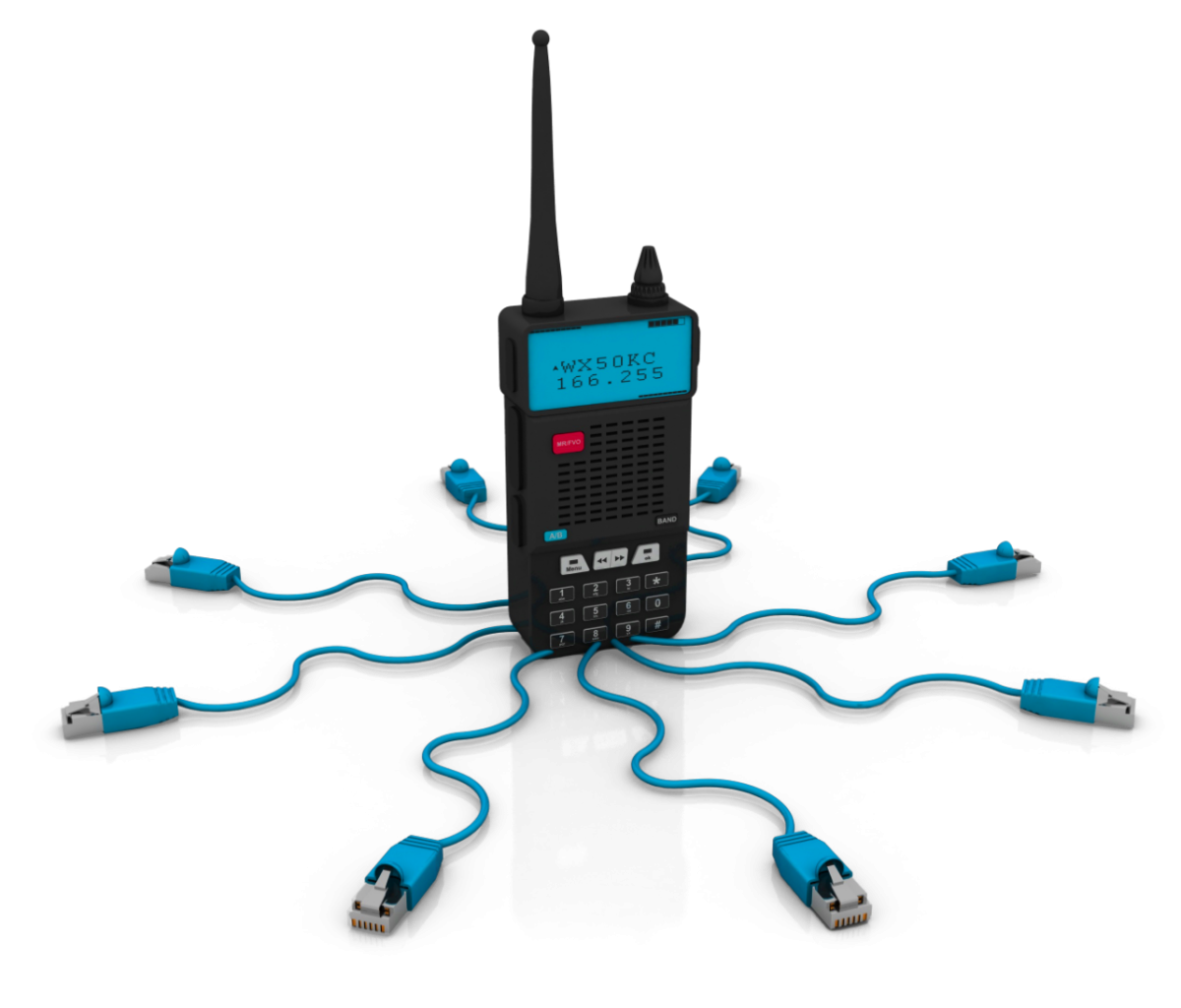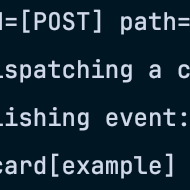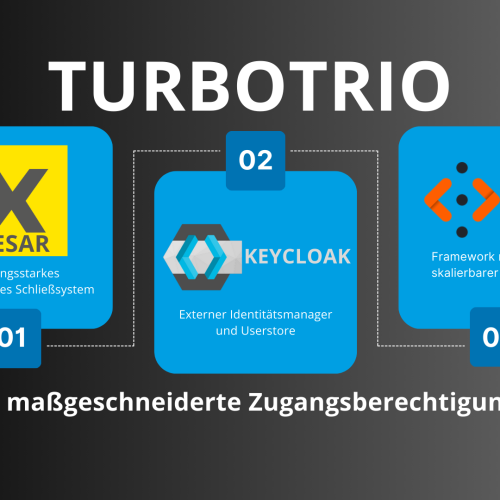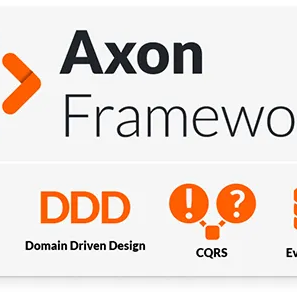Product Owner is not just a fancy term for a requirements engineer or product manager. It is much more than that and represents a versatile role that depends heavily on the project and context.
Apart from the commonly known definitions, this article includes personal experiences in real projects and tries to paint a more comprehensive picture. Before we go into detail about becoming a great Product Owner, it is important to define what a Product Owner actually is.
What is a Product Owner?
The role of a Product Owner can be viewed from different perspectives. The official definition in the Scrum Guide states: "The Product Owner is accountable for maximizing the value of the product resulting from the work of the Scrum Team." This definition puts the actual responsibility of a Product Owner in focus.
However, my perspective of a Product Owner is slightly different. For me, a Product Owner is the customer's spokesperson in the Scrum Team. The role of the customer can be external or internal. For instance, an internal customer could be another department in the same company.
In the context of a Scrum project, a Product Owner spends most of their time mediating between all the involved parties.
This leads to the creation of user stories, which are general explanations of a software feature written from the perspective of the end user (often in a less technical manner, solely focusing on the functionality, but not the implementation).
These user stories are first refined and then implemented by the Scrum Team.
As one can already tell, there are different ways to answer the question of what a Product Owner is. The answer provided by the Scrum Guide is the most comprehensive. Nevertheless, the context and individual interpretations can also significantly shape the definition of a Product Owner.
What are the tasks of a Product Owner?
The role of a Product Owner is multifaceted and can vary depending on several factors such as team size and the other roles within the team. While scrum.org provides a clear definition of the role, it also promotes flexibility based on the context in which it is used.
A Product Owner's tasks extend beyond the obvious. They spend a significant amount of their working hours in meetings, often serving as a moderator. This makes effective communication a key characteristic for a Product Owner.
The typical meetings they oversee include refinements and sprint planning. However, they may also lead concept calls with customers and design-related meetings, and in the absence of a dedicated Scrum Master, daily stand-ups, sprint reviews, and sprint retrospectives.
These meetings can take place internally within the Scrum Team or with representatives of the customer, impacting the way the meetings are moderated. Internal meetings tend to be more technical and open in terms of expressing thoughts.
While this should ideally be the case when interacting with customers, it's not always realistic. Phrasing it positively: Omitting certain details benefits both sides. Knowing which details to omit is the art of communication.
This leads to another integral Product Owner task: stakeholder management.
Being aware of when to involve whom is crucial for success.
There is also a more technical dimension to being a Product Owner. Again, depending on the project setup, a Product Owner might need to get involved with architecture and solution design. Therefore, it is a huge benefit if a Product Owner has certain technical know-how. This especially helps to understand both sides of the coin and improves the quality of the Product Owner’s work.
Finally, managing the backlog as well as creating story maps, templates, and project status reports are integral tasks. For a more detailed view on the tasks of a Product Owner, you can refer to this article: https://scaledagileframework.com/product-owner/
What are the main challenges a Product Owner faces?
The Product Owner represents a role in the Scrum framework. We all know that Scrum is awesome, but it also comes with certain challenges and pitfalls. Of course, those also affect you as a Product Owner:
1. Culture: Embrace agile principles instead of focusing too much on rituals. Often, organisational resistance can impede successful Scrum adoption as well as ignoring the need for a cultural shift towards collaboration and adaptability.
2. Empowerment: The team must be empowered to self-organise and make decisions. This can be achieved by actively reflecting on processes, implementing improvements, and effectively handling dependencies between the team and stakeholders.
3. Focus: Scrum Teams often tend to overcommit, which leads to unrealistic expectations that, in turn, lead to rushed or incomplete work.
Of course, there is also a more detailed view on the challenges that specifically concern the role of a Product Owner in their daily work such as the following defined by Komodo:
1. Not being solely focused on Product Ownership
2. Lack of technical aptitude
3. Securing buy-in
4. Interpreting user feedback
5. Leading Agile development & task ordering
6. Managing the backlog
This video even contains 7 mistakes you could do as product owner:
What is the Product Owner dilemma and how to solve it?
The Product Owner dilemma is the constant balance that a Product Owner needs to ensure when it comes to making the customer and their Scrum Team happy. Only representing the customer's needs without considering the needs of the team might create a certain imbalance that also negatively affects the customer.
Often, developers may strive for the perfect solution that often leads to unrealistic timelines. This is due to the effort that perfection requires. For the customer, however, the main intention is working software that fulfils their requirements. Of course, customers often do not actually know what they really want, but that is a different topic.
So, the biggest challenge for the Product Owner is keeping the balance between motivation, completion, and perfection so that everyone involved is as happy as possible.
Motivation concerns the desire of the team and the customer to work together to achieve a common goal. However, in the end, only the outcome counts, which is indicated by completed work.
The point at which something is complete depends highly on the degree of perfection the solution should have. In this regard, one needs to keep in mind that perfection is always desired but never fully achieved.
Another good take on the Product Owner dilemma is finding the right balance between output (efficiency) and outcome (effectiveness).
What is a great Product Owner?
Communication is key. This sounds simple but has proven to be crucial for being a good Product Owner.
Connecting the right people and supplying them with the relevant information is required to create the best possible product. In addition, having a certain technical understanding immensely improves collaboration with your Scrum Team.
Other characteristics that help a lot are flexibility, willingness to learn, and understanding your team's capabilities. Those are the ones that have proven to be crucial for myself. The article Characteristics of a Great Product Owner provides further valuable insights into the topic.
How to become a Product Owner?
Now that you have a comprehensive view of the world of a Product Owner, it is time to let you know how to become a Product Owner. It is definitely not recommended to start in this role if it is the first time working in a software development environment. This is due to the fact that it represents a holistic role that requires experience on several levels.
A common path is to start as a developer or tester to gain experience at a more granular level. If you also feel comfortable being the center of attention and being more involved in the planning side of things within a team, becoming a Product Owner is the right choice for you.
Other fields that have a lot of similarities with the role of a Product Owner are IT consulting and business analysis. So, having experience in those areas also helps you on your journey to becoming a Product Owner.
Another aspect that often comes into play when starting out as a Product Owner is becoming officially certified. There are two main institutions for this, https://www.scrumalliance.org (more prevalent in the US) and scrum.org (more prevalent in Europe). Scrum.org not only offers certifications for Product Owners but for each role in a Scrum Team. Specifically for Product Owners, there are the following three certificates one can obtain:
Professional Scrum Product Owner™ I
Professional Scrum Product Owner™ II
Professional Scrum Product Owner™ III
For good preparation, one can also take the Professional Scrum Product Owner™ Training.
I hope this guide gave you valuable insights into the world of a Product Owner and helps you to become one yourself.
Keep on owning!



